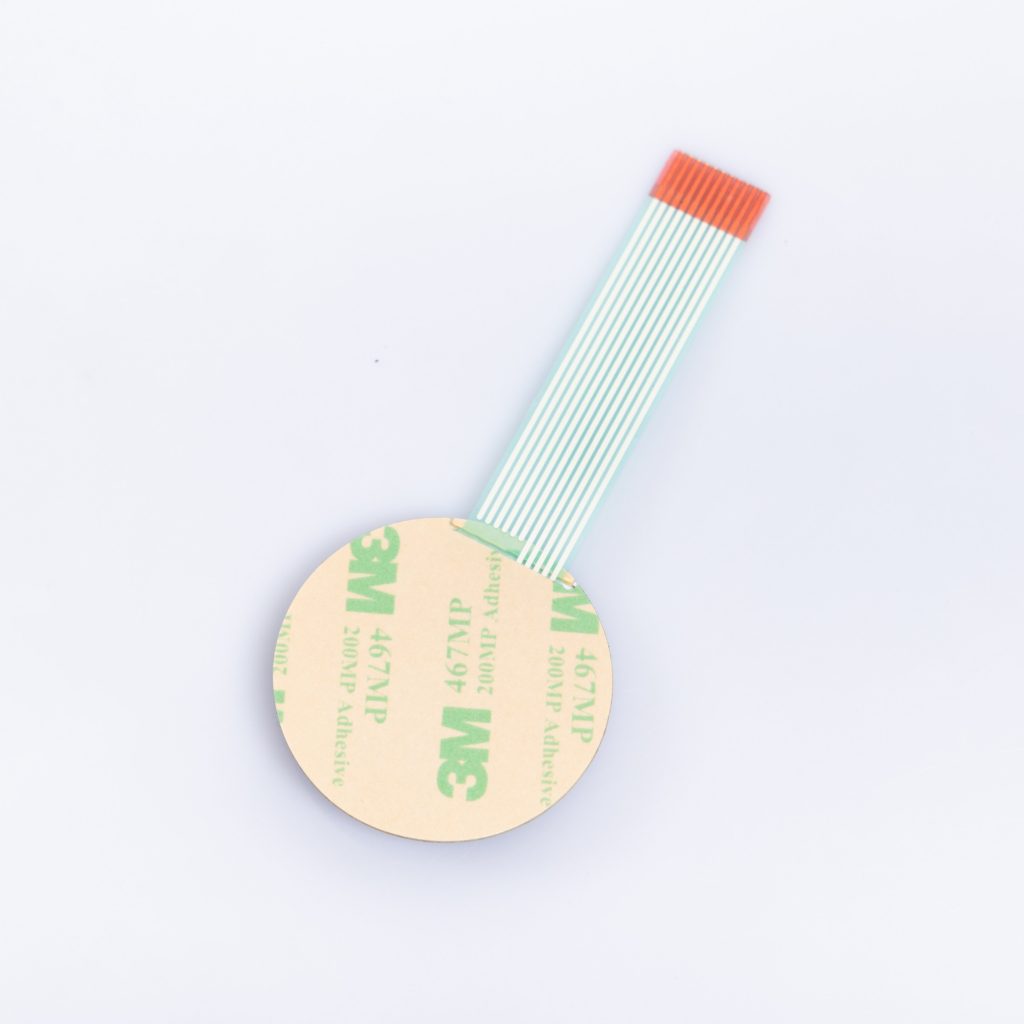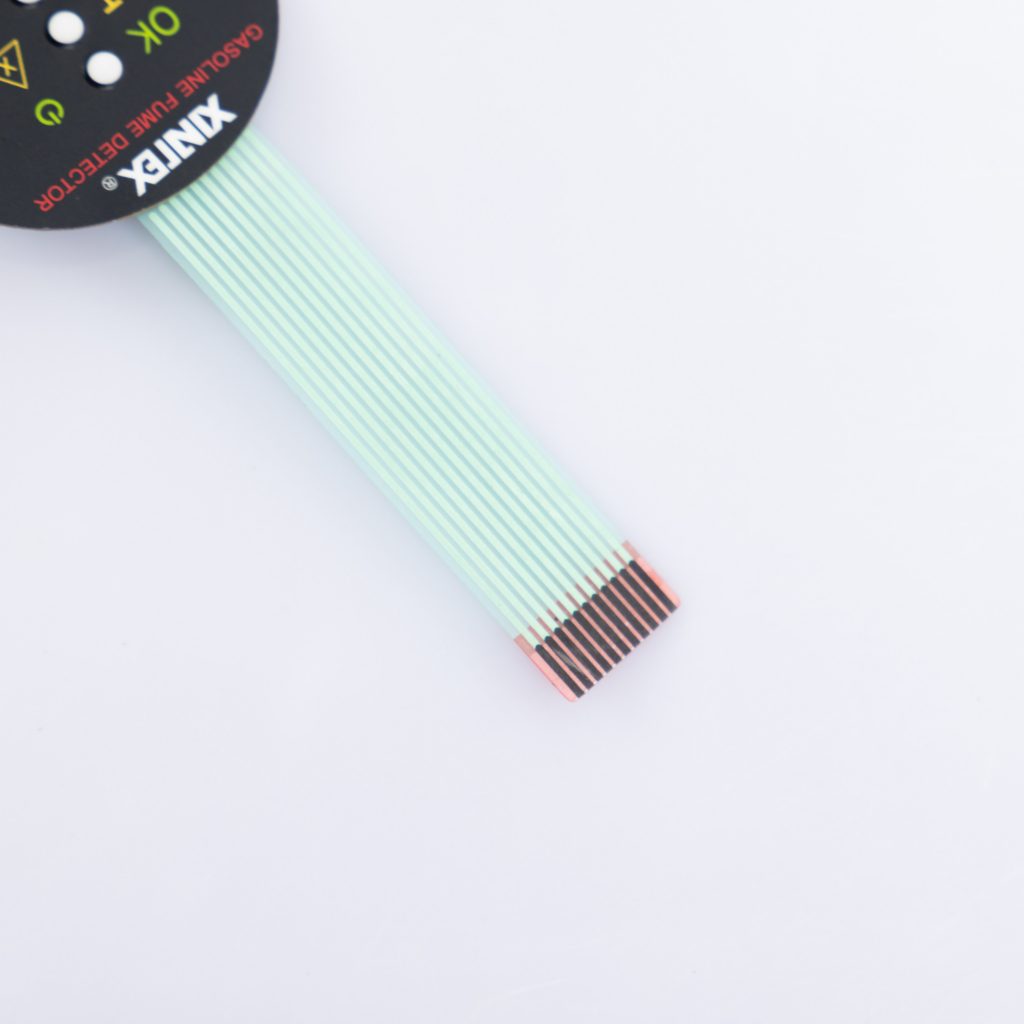Contact
Write to Us And We Would Be Happy to Advise You.
Do you have any questions, or would you like to speak directly with a representative?
By hqt
When it comes to manufacturing a membrane switch, various factors come into play that can affect its cost. A membrane switch is a user interface that consists of several layers of flexible material, including a graphic overlay and a circuit layer. It is commonly used in various industries, such as medical devices, industrial equipment, and consumer electronics. Understanding the factors that impact the cost of a membrane switch is crucial for businesses and manufacturers involved in its production. In this article, we will explore these factors in detail and shed light on the elements that influence the cost of a membrane switch.



One of the primary factors that affect the cost of a membrane switch is the selection of materials. Different materials are used for each layer of the switch, including the graphic overlay, circuit layer, and adhesive layers. The choice of materials can vary based on the required durability, flexibility, and functionality of the membrane switch. High-quality materials may come at a higher cost, but they often offer superior performance and longevity, making them a worthwhile investment.
The complexity of the design is another crucial factor that determines the cost of a membrane switch. Intricate designs with multiple layers, intricate graphics, and advanced functionalities require more time, effort, and precision during the manufacturing process. The complexity adds to the production cost, as it involves additional steps such as intricate circuit printing, die-cutting, and assembly. Simple and straightforward designs, on the other hand, tend to be more cost-effective.
The quantity and scale of production have a significant impact on the cost of a membrane switch. Manufacturing a larger volume of switches often leads to economies of scale, reducing the cost per unit. This means that the cost per switch decreases as the production quantity increases. Manufacturers can optimize their production processes and achieve cost savings when producing membrane switches in bulk. However, smaller-scale production runs or prototyping may incur higher costs due to the setup and customization involved.
Customization plays a crucial role in the cost of a membrane switch. If a membrane switch requires specific customizations, such as unique shapes, sizes, or graphics, the production process becomes more complex. Custom tooling and setup are necessary to accommodate these customization requirements, which can increase the overall cost of manufacturing. Therefore, it’s essential to consider the level of customization needed and balance it with the desired functionality and cost constraints.
Certain industries, such as medical and aerospace, have stringent quality standards and certifications that must be met for the membrane switches used in their applications. Achieving and maintaining these certifications often requires additional testing, documentation, and quality control measures. These processes contribute to the overall cost of the membrane switch. However, adhering to these standards is crucial to ensure the reliability, safety, and performance of the switches in critical applications.
The selection of suppliers and vendors also impacts the cost of a membrane switch. Different suppliers may offer varying prices for raw materials, components, and manufacturing services. It’s essential to evaluate multiple suppliers, considering factors such as quality, reliability, and pricing. Establishing strong relationships with trusted vendors can lead to cost savings through negotiated pricing and improved efficiency in the supply chain.
Market demand and competition can influence the cost of a membrane switch. If the demand for membrane switches is high, manufacturers may increase their prices due to limited availability or high demand. On the other hand, in a competitive market, manufacturers may lower their prices to attract customers. It’s crucial to consider the market dynamics and competition when assessing the cost of a membrane switch.
Environmental considerations can impact the cost of a membrane switch, particularly in industries that require compliance with specific regulations or sustainability goals. The use of eco-friendly materials, such as recyclable or biodegradable components, may come at a higher cost compared to conventional materials. However, investing in environmentally friendly options can align with corporate social responsibility initiatives and provide a competitive edge in the market.
The lifespan and durability requirements of a membrane switch can influence its cost. Some applications require switches that can withstand harsh environmental conditions, frequent use, or exposure to chemicals. Manufacturing switches with enhanced durability often involves the use of specialized materials, coatings, and manufacturing processes, which can increase the overall cost. Balancing the desired lifespan and durability with cost considerations is crucial when determining the appropriate membrane switch design.
What Are the cost considerations for membrane switch manufacturers?
Membrane switch manufacturers need to consider several cost factors, including material selection, complexity of design, quantity and scale of production, customization requirements, quality standards and certifications, supply chain and vendor selection, market demand and competition, environmental considerations, lifespan, and durability requirements.
How does material selection impact the cost of a membrane switch?
The choice of materials for each layer of the membrane switch affects its cost. High-quality materials may come at a higher cost but offer superior performance and longevity.
What role does customization play in the cost of a membrane switch?
Customization requirements, such as unique shapes, sizes, or graphics, can increase the complexity and cost of manufacturing a membrane switch. Custom tooling and setup are often necessary to accommodate these customizations.
Why do quality standards and certifications impact the cost of a membrane switch?
Industries with stringent quality standards and certifications require additional testing, documentation, and quality control measures, which contribute to the overall cost of a membrane switch.
How does market demand and competition influence the cost of a membrane switch?
High market demand may lead to increased prices, while competition can drive prices down. Manufacturers need to consider these market dynamics when determining the cost of a membrane switch.
How do environmental considerations affect the cost of a membrane switch?
Using eco-friendly materials or complying with specific environmental regulations can increase the cost of manufacturing a membrane switch. However, it can align with sustainability goals and provide a competitive advantage.
When it comes to the cost of a membrane switch, various factors come into play. Material selection, complexity of design, quantity and scale of production, customization requirements, quality standards and certifications, supply chain and vendor selection, market demand and competition, environmental considerations, and the desired lifespan and durability all play a role in determining the final cost. Manufacturers and businesses involved in membrane switch production must carefully evaluate these factors to strike a balance between functionality, quality, and cost-effectiveness.
Do you have any questions, or would you like to speak directly with a representative?